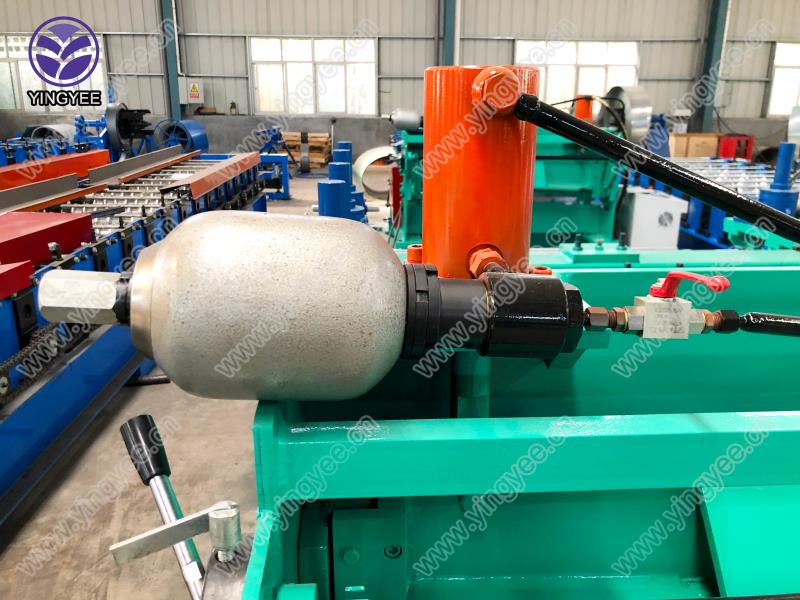
Double Layer Roll Forming Machine Revolutionizing Metal Fabrication
In the rapidly evolving world of manufacturing, the demand for efficient and versatile production tools has never been higher. Among these innovative solutions, the double-layer roll forming machine stands out as a revolutionary asset for metal fabrication. This advanced technology allows manufacturers to produce two layers of profiles simultaneously, significantly enhancing productivity while maintaining quality and precision.
Understanding Double Layer Roll Forming Machines
A double layer roll forming machine is designed to create two different profiles within a single pass. This is achieved by employing a series of rollers which shape metal sheets into desired forms, enabling the output of two distinct products from a single unit. Typically, these machines can create various constructions, such as roof panels, wall cladding, and rain gutters, all while conserving space and resources.
The workflow of a double-layer roll forming machine begins with the feeding of metal sheets into the rollers. The machine is equipped with an advanced control system that ensures smooth operation and precision alignment. As the metal passes through the rollers, it is gradually shaped into the desired profiles. The dual-layer capability means that manufacturers can achieve significant cost savings by reducing setup times and material waste.
Advantages of Using Double Layer Roll Forming Machines
1. Increased Productivity One of the most significant advantages of using a double-layer roll forming machine is the remarkable increase in productivity. By generating two profiles simultaneously, manufacturers can double their output without requiring additional machines or labor. This efficiency is particularly beneficial in high-demand environments where every second counts.
2. Space Efficiency Traditional roll forming machines occupy substantial floor space, particularly when multiple machines are needed to produce different profiles. The double-layer design consolidates this into a single compact unit, freeing up valuable factory space for other operations.

3. Cost Savings The reduced need for multiple machines not only saves on initial capital investment but also lowers maintenance and operational costs. Furthermore, because the machine can efficiently utilize raw materials, there is less scrap, leading to greater cost-effectiveness in material usage.
4. Versatility Double-layer roll forming machines can be configured to produce a wide variety of profiles, catering to different industry needs. Whether it’s for commercial roofing, residential construction, or architectural applications, these machines offer unmatched flexibility, allowing businesses to adapt quickly to market changes.
5. Consistent Quality Quality control is paramount in manufacturing, and double-layer roll forming machines excel in this regard. The advanced technology and automated processes ensure that each profile produced meets rigorous quality standards, reducing the chances of defects and rework.
Applications in Various Industries
The versatility of double-layer roll forming machines extends across various industries. In the construction sector, they are primarily used for producing roofing sheets, wall panels, and interior facades. The automotive industry also benefits from these machines by creating components such as trim and structural parts. Moreover, they find applications in the manufacturing of furniture, appliances, and even solar panel mounting systems.
Conclusion
In conclusion, the double-layer roll forming machine has emerged as a game-changer in the world of metal fabrication. By delivering higher productivity, cost savings, and versatility, this innovative technology is reshaping the way manufacturers approach their operations. As industries continue to seek efficiency and quality, the adoption of double-layer roll forming machines is likely to increase, solidifying their importance in the future of manufacturing. The ability to produce two profiles in one pass not only enhances productivity but also offers manufacturers a competitive edge in an increasingly demanding market. Investing in this technology is a step towards modernization and improved operational efficiency, ultimately driving success in an ever-evolving industry landscape.